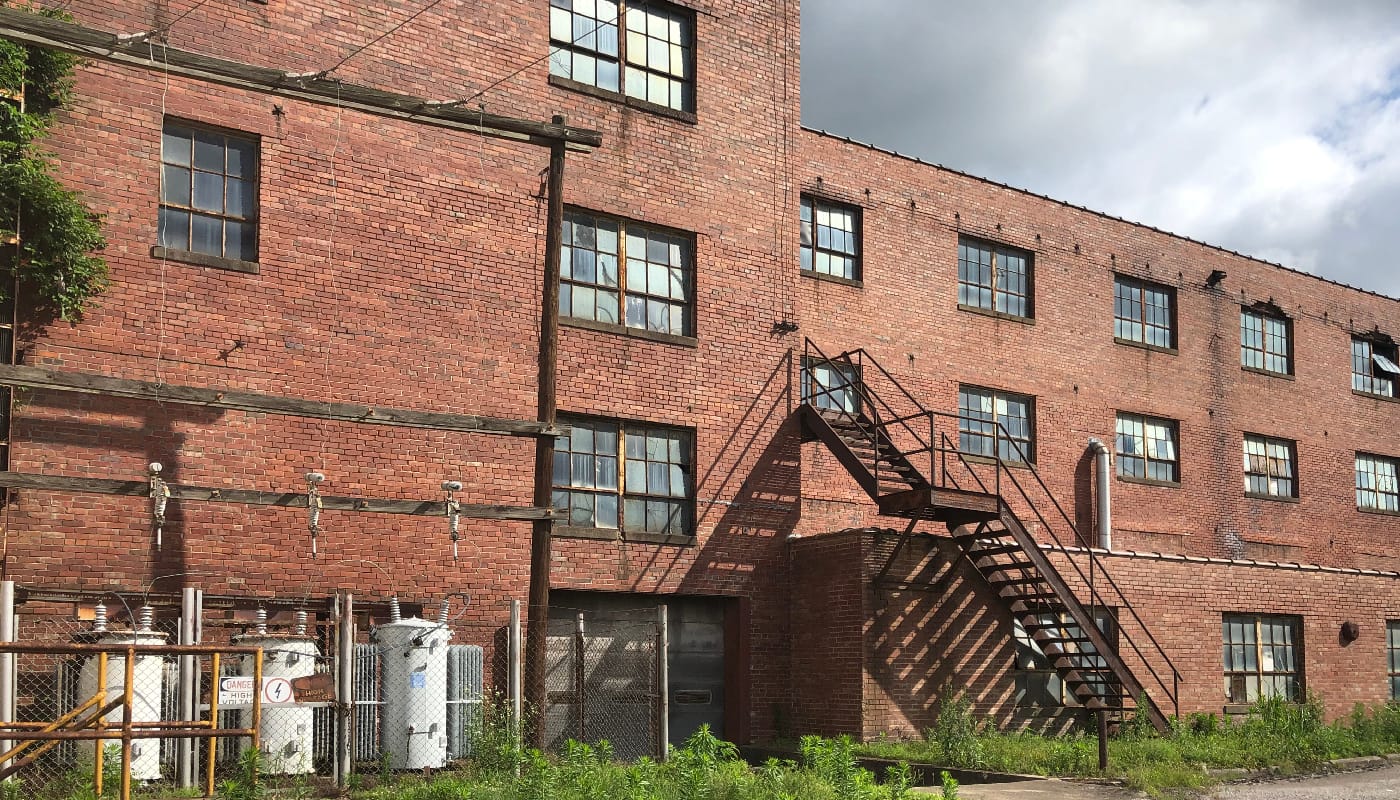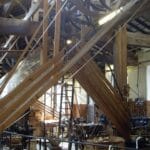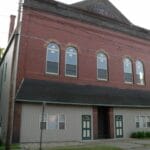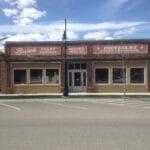Snuggled against the Ohio River in southern Indiana, Cannelton is a town brimming with stories. This article delves into its rich history, from its industrial boom to its present-day charm, offering a glimpse into small-town America’s resilience and revitalization.
Discovering Cannelton’s Past
Cannelton’s story begins around 1837 with the discovery of cannel coal, a high-quality fuel that ignited the town’s early growth. A post office established the same year cemented Cannelton’s official status, attracting settlers seeking opportunity. This burgeoning energy shaped the town’s identity from its inception.
The Cannelton Cotton Mill: A Sandstone Legacy
Perhaps the most significant landmark is the Cannelton Cotton Mill, a National Historic Landmark. Constructed between 1849 and 1851, this imposing sandstone structure, designed by architect Thomas Alexander Tefft, became a symbol of the town’s industrial aspirations. It was the largest industrial building west of the Alleghenies, transforming Cannelton into a bustling manufacturing hub. Primarily operated by women and girls, the mill produced an impressive 200,000 pounds of cotton annually. To understand Cannelton is to understand the mill’s impact on its history.
From County Seat to Riverfront Revival
Cannelton, nestled within Perry County’s Troy Township, once held the distinction of being the county seat, suggesting its regional importance. While the county seat later moved to Tell City, Cannelton retained its unique character. Situated 463 feet above sea level and covering just over 1.5 square miles, its close relationship with the Ohio River has profoundly shaped its development, influencing everything from trade to community identity.
Cannelton Today: Embracing Change
By 2010, Cannelton’s population stood at 1,563, making it Indiana’s smallest incorporated city at the time. This demographic shift likely reflects broader economic changes and the decline of the coal and cotton industries. While manufacturing now plays a significant role, Cannelton has not forgotten its roots. Its story is one of adaptation, finding new ways to thrive while preserving its distinct historical character.
Exploring Cannelton’s Treasures
Cannelton’s past is etched into its distinctive sandstone architecture. Homes, businesses, and churches built from this local material lend a timeless charm. The Cannelton Historic District, encompassing 178 buildings, 42 structures, and two objects, preserves this architectural heritage. The revitalized riverfront offers recreational opportunities at Hargis Hafele Riverfront Park and the Cannelton River Trail.
Key Attractions and Beyond
| Attraction | Description |
|---|---|
| Cannelton Cotton Mill | National Historic Landmark showcasing the town’s industrial heritage. |
| Hargis Hafele Riverfront Park | Scenic park along the Ohio River. |
| Cannelton River Trail | Trail for walking and biking along the riverfront. |
| St. Michael’s Catholic Church | Historic church reflecting the community’s faith. |
| Eagle’s Bluff Park and Overlook | Panoramic views of the surrounding area. |
| Perry County Museum | Located in the old courthouse, offering insights into regional history. |
Beyond these attractions, consider exploring the unique charm of nearby Blacksville or the mountain vistas surrounding Coalville UT.
A Deeper Dive into Cannelton’s History
The name “Cannelton” derives from the cannel coal found in the area, a cleaner-burning fuel source that spurred the town’s initial growth. Situated between Cincinnati and St. Louis, Cannelton’s location on the Ohio River facilitated trade and development.
The Cannelton Cotton Mill’s Rise and Fall
The Cannelton Cotton Mill, constructed of local sandstone, became a symbol of the town’s industrial prominence. Designed by Thomas Alexander Tefft, it was the largest industrial structure west of the Alleghenies. The mill, employing primarily women and girls, flourished for a time, producing over 200,000 pounds of cotton annually. However, research suggests economic pressures eventually led to its decline and closure. The mill’s story continues, however, with its adaptive reuse as residences.
The Cannelton Historic District: Preserving the Past
The Cannelton Historic District offers a glimpse into the town’s 19th-century life. These preserved structures provide a tangible connection to Cannelton’s vibrant past. While the mill’s decline undoubtedly impacted the town, Cannelton has demonstrated resilience, adapting and reinventing itself while honoring its heritage.
The Future of Cannelton
Cannelton, once Indiana’s smallest incorporated city, possesses a remarkable history. From its cannel coal beginnings to its cotton mill era, the town has navigated change with adaptability. Its enduring sandstone structures and revitalized riverfront suggest a vibrant future. Cannelton’s story isn’t just about preserving the past; it’s about embracing the future while honoring its roots. Ongoing research continues to illuminate this fascinating town’s history and its potential for growth.
- Discover Long Black Pepper: Flavor & Health Benefits - April 25, 2025
- Shocking Twists: The Grownup Review: Unreliable Narration - April 25, 2025
- A Quiet Place Book vs Movie: A Deep Dive - April 25, 2025

















2 thoughts on “Cannelton, Indiana: A Sandstone River Town’s Story of Industry, Charm, and Renewal”
Comments are closed.